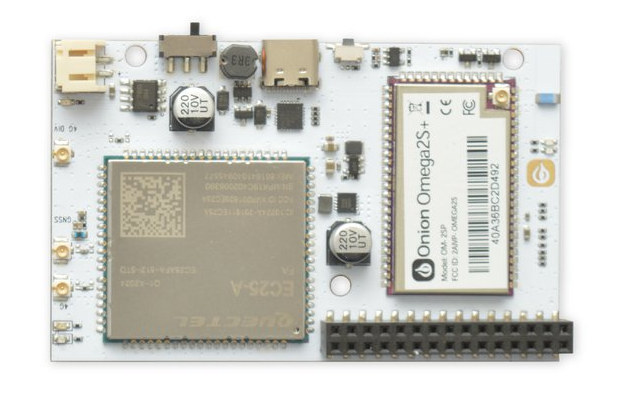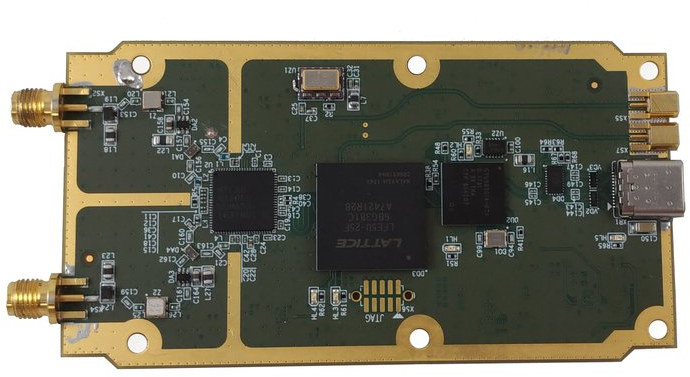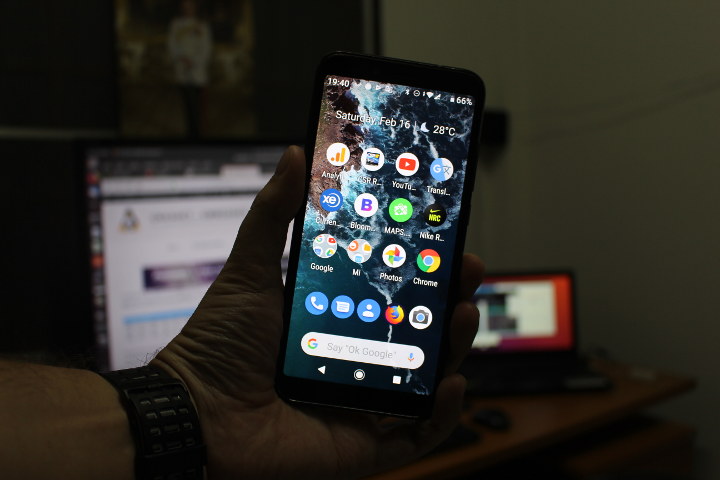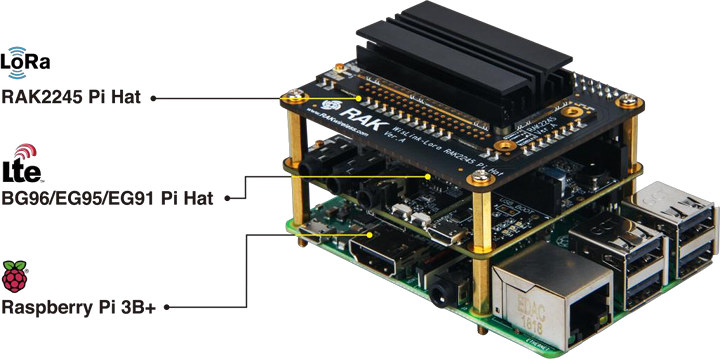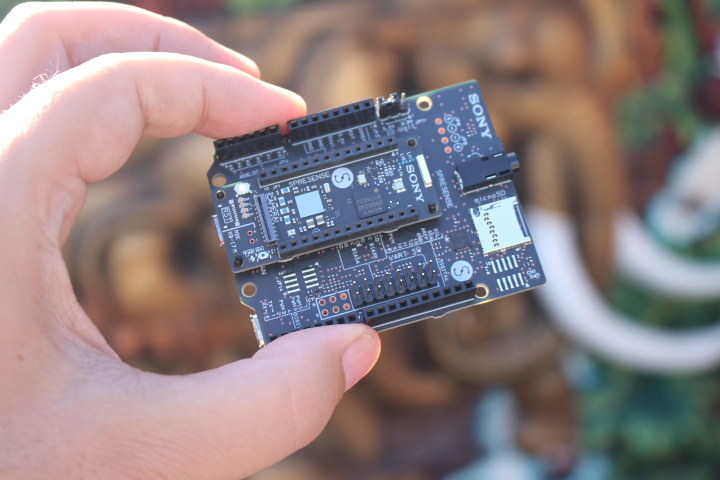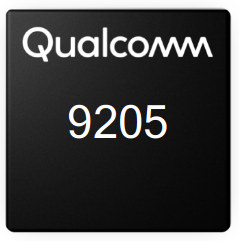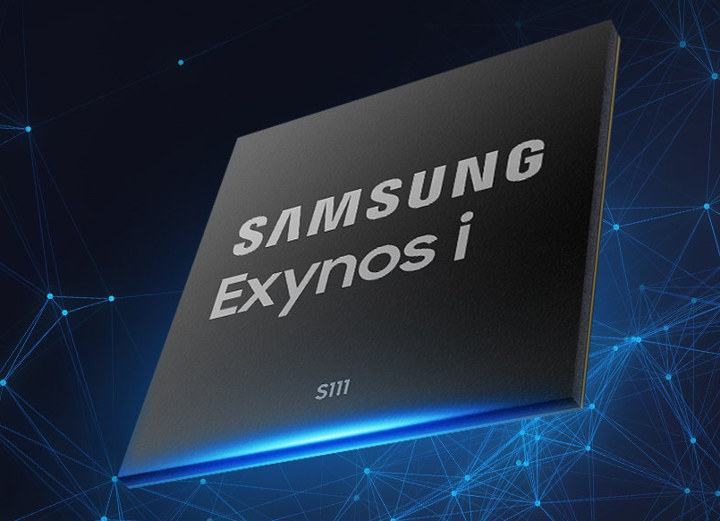Onion has launched several compact OpenWrt WiFi boards for IoT projects over the years starting with their Onion Omega board in 2015, and the latest so far being Onion Omega2 Pro with a massive 8GB storage. The company has now launched a new model with 4G LTE connectivity called Onion Omega2 LTE, based on Omega2S+ module, and also featuring GNSS global satellite positioning capability. Onion Omega2 LTE specifications: WiFi Module – Onion Omega2S+ IoT computer module with MediaTek MT7688 MIPS CPU @ 580 MHz, 128 MB RAM, 32 MB storage Cellular and GNS Module – Quectel EC25 LTE Cat 4 modem that delivers 150 Mbps downlink and 50 Mbps uplink data rates, provided either for North America or global markets External Storage – MicroSD card slot up to 2 TB (once such cards become available…) Connectivity 2.4 GHz 802.11 b/g/n Wi-Fi 4 + onboard 2 dBi direction chip antenna & […]
Amungo NUT2NT+ is an Open Source High Precision GNSS Board (Crowdfunding)
Amungo Navigation NUT2NT+ is an open-source hardware four-channel, all-frequency, GNSS RF-to-bits receiver for precision, satellite-based positioning. Connected to the right antennas, the board can achieve centimeter positioning resolution by connecting to multiple navigation satellite systems including GPS, GLONASS, Galileo, BeiDou, and IRNSS. Amungo claims that while several startups and large companies already offer proprietary GNSS positioning solutions NUT2NT+ is the only open source option in this class of GNSS devices. NUT2NT+ key features and specifications: Receiver chip – NTLab NT1065 4-Channel RF Front-End IC FPGA – Lattice ECP5 with 12K LUTs + 28 DSP blocks (LFE5U-12) opened for custom design USB – 1x USB 3.1 Type-C port via CYUSB3014 USB 3.0 controller: Clock – 10 MHz TCXO, soldered RF inputs – 2x bands dedicated; – 5 dB referred noise floor ADC – 2-bit resolution up to 99 MHz Samples transfer – Continuous full stream, from 10 to 50 Mbytes/sec GNSS […]
Xiaomi Mi A2 Review with Android 9.0 Pie
I had been using Xiaomi Mi A1 Android One smartphone since the end of 2017, and was mostly satisfied with it thanks to regular (monthly) firmware update, although I was a bit disappointed by the camera overtime. Eventually I had a serious issue with Mi A1’s eMMC flash, and stopped using it at the end of last year, or roughly after one year of service, since the phone became unusable, unbearably slow. Xiaomi Mi A2 and A2 Lite where released last summer, and having seen Mi A2 was getting an Android 9.0 firmware in Q4 2018, I asked GearBest whether they could send a sample to review the latest Xiaomi Android One phone. They accepted, and I posted the first part of the review in early December. However, at this time, I did not get the update, since it was not released in Thailand, but soon enough Xiaomi Mi A2 […]
RAK Wireless Introduces DIY Cellular LoRa Gateways, Raspberry Pi & 96Boards Compatible LoRa Modules
RAK Wireless already has a decent offering of LoRa gateways and modules, but the company has been working on two new LoRa gateways, one Enterprise grade model – RAK7249 gateway – based on fully custom hardware, and the other – Pilot Gateway Pro RAK7243 – features a Raspberry Pi 3B+ board with Cellular & GPS connectivity on top of a LoRa radio. RAK Wireless will also introduce three RAK2245/RAK2248 LoRa concentrator modules that can easily be used with boards following Raspberry Pi, or 96Boards IoT edition form factors. RAK7249 DIY Enterprise LoRa Gateway Specifications: Main Board WiFi Module – RAK634 Module SoC – Mediatek MT7628N MIPS processor @ up to 580 MHz System Memory – 128MB DDR2 RAM Storage – 16MB SPI flash Connectivity – WiFi: 2×2 MIMO 802.11b/n/n mPCIe LoRa concentrator card Semtech SX1301 based Standard version with 8 channel Gateway and also support Max.16 channel Gateway. Tx Power […]
Mictrack MT825 is a Waterproof LTE Cat M1 & NB-IoT GPS Tracker
We’ve previously covered Mictrack MT600 4G LTE GPS tracker with support for various GPS software such as the open source OpenGTS and Traccar programs, as well as Android & iOS mobile apps. Since then the company released MT550 model with NB-IoT and LTE Cat M1 (eMTC) connectivity, as well as an OBD-II model that are currently sold for respectively $99 and $69 on Aliexpress. More recently a waterproof LTE IoT module called Mictrack MT825, which we’ll look into more details in this post. Mictrack MT825 key features and specifications: Cellular Connectivity LTE Cat M1 (eMTC) LTE FDD: B1/B2/B3/B4/B5/B8/B12/B13/B18/B19/B20/B26/B28 LTE TDD: B39 LTE Cat NB1 (NB-IoT) – LTE FDD: B1/B2/B3/B4/B5/B8/B12/B13/B18/B19/B20/B26/B28 2G – GSM: 850/900/1800/1900Mhz SIM Card interface – Nano SIM Internal LTE CAT M1 & NB-IoT antenna Location U-blox MAX-7 GPS chip GPS sensitivity – -162dBm Channel – 56 Positioning Accuracy – 10m Cold Start – 30s. Warm start – 15s […]
Sony Spresense Board Review with NuttX based Spresense SDK
Sony Spresense Arduino compatible board with audio and global navigation satellite systems (GNSS) support and its extension board launched in Japan this summer. The company has now expanded markets, and is offering the boards in the United States and Europe as well. They also tasked an agency to send samples to various reviewers, and I got selected to receive one as well. I’ll start the review by checking out the hardware, shortly discuss software development options, and report my experience with Spresense SDK. Sony Spresense Unboxing I received two packages… … one the main board, and the other for the extension board. The main board package only comes with CXD5602PWBMAIN1 board and an information sheet. The top of the board includes a reset button, four user LEDs, a power LED, a boot recovery button, the camera interface, Sony CXD5247 power management and audio analog interface chip (Black on the photo below, […]
Qualcomm 9205 NB-IoT & Cat M1 LTE Modem Lowers Costs, Power Consumption
Qualcomm has introduced a new LTE IoT chipset with Qualcomm 9205 LTE modem that supports Cat M1 (eMTC), NB2 (NB-IoT), 2G/E-GPRS fallback, as well as GNSS. Qualcomm 9205 comes at a lower price, smaller footprint, and up to 70% lower power consumption in standby mode compared to its predecessor (MDM9206). Qualcomm 9205 LTE modem key features and specifications: Processor / OS – Arm Cortex A7 up to 800MHz with support for ThreadX and AliOS Things real-time operating systems Connectivity Standards 3GPP release 14 Category M1 and NB2; 2G/E-GPRS fallback where Cat M1 / NB2 is not available. Category M1 mode supports voice for applications such as monitored security panels, and mobility for applications such as asset trackers. RF transceiver Bandwidth support from 450 MHz to 2100 MHz Built-in RF front-end, a first in the cellular IoT space Geolocation Integrated GNSS (Global Navigation Satellite Systems) support for GPS, Beidou, Glonass, and […]
Samsung Introduces Exynos i S111 NB-IoT Modem + GNSS Chip
Samsung has just announced their first NB-IoT solution with Exynos i S111 chipset with a single chip integrating an NB-IoT capable LTE modem, RF IC, an on-chip security sub-system, and a PUF (Physical Unclonable Function) security solution along with various components such as CPU, and SRAM. The chip apparently also integrates GNSS hardware with support for GPS, Galileo, etc… Exynos i S111 specifications: CPU – Arm Cortex-M7 @ 200MHz On-chip Memory – 512KB SRAM Modem – LTE Release 14 NB-IoT GNSS – GPS, Galileo, GLONASS, BeiDou Interfaces / Peripherals – USI, UART, I2C, GPIO, eSIM I/F, SDIO (Host), QSPI(Single/Dual/Quad IO mode), SMC Security – eFuse, AES, SHA-2, PKA, Secure Storage, Security Sub-System, PUF The chip is also said to features Samsung’s “advanced algorithms for wider coverage”. Many NB-IoT GPS trackers currently implement a two modules solution, so the latest Exynos chip should enable more compact designs. Samsung did not publish […]


